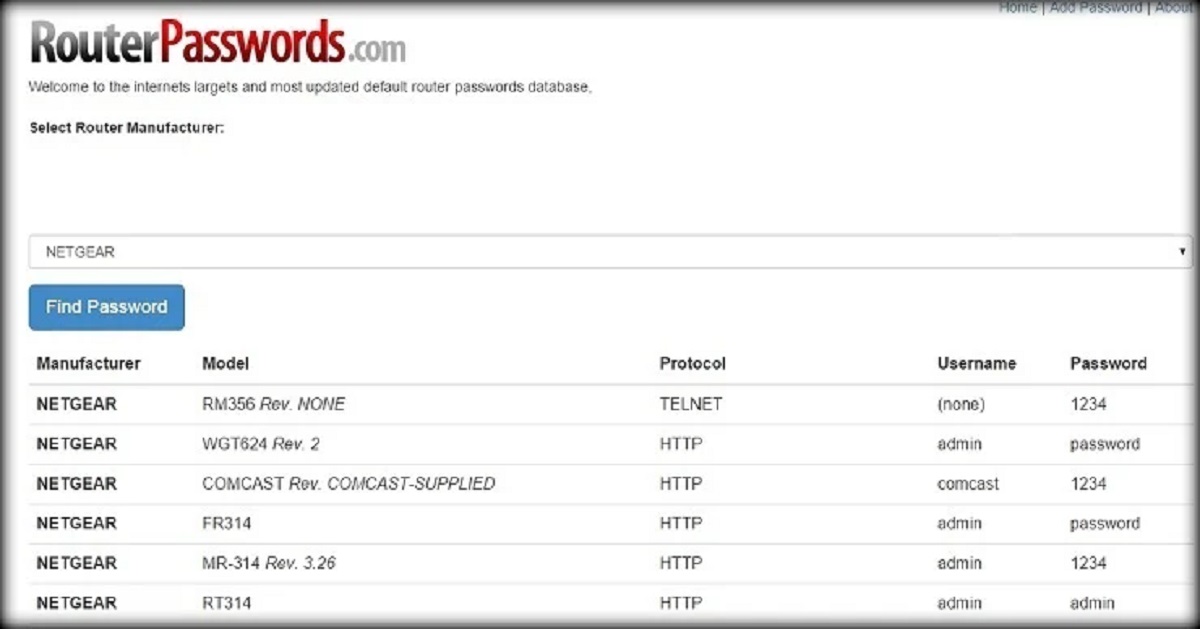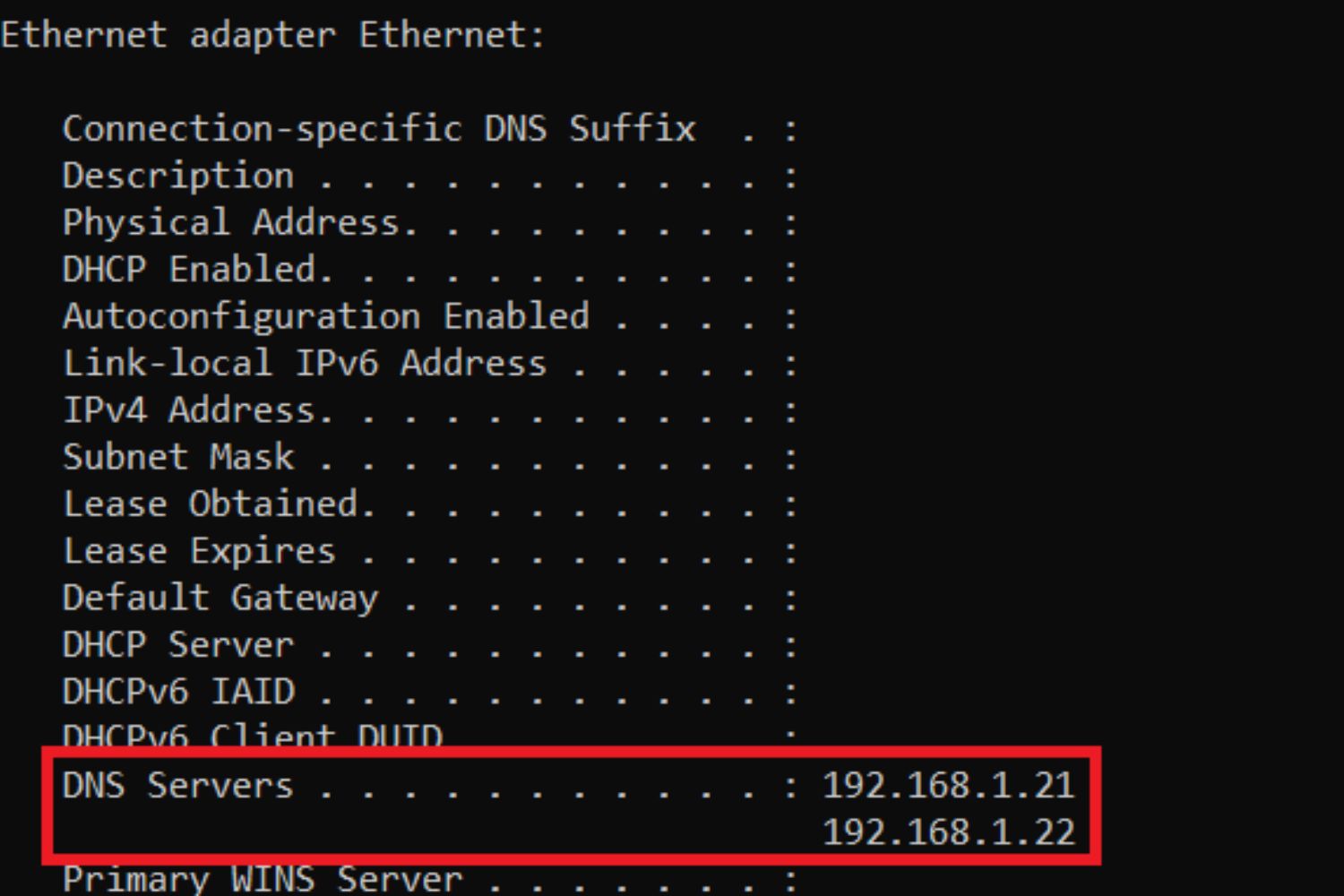Introduction
The seamless interaction between a web browser and the underlying operating system (OS) is fundamental to the functionality and user experience of modern computing. When you open a web browser, such as Chrome, Firefox, or Safari, and navigate to a website, the browser acts as a gateway, facilitating the exchange of data and commands between the user and the internet. Simultaneously, the browser communicates with the underlying OS, which manages the hardware and software resources of the device.
This communication between the web browser and the OS is crucial for executing various tasks, such as rendering web pages, handling user inputs, and managing system resources. However, this interaction also presents a potential vulnerability that malicious actors may exploit. By intercepting the communication between the web browser and the OS, attackers can gain unauthorized access to sensitive information, manipulate system functions, and execute harmful actions without the user's knowledge.
Understanding the intricacies of this communication and the potential security risks associated with it is essential for safeguarding the integrity and privacy of digital interactions. By exploring the types of attacks that can intercept communications between a web browser and the underlying OS, as well as the preventive measures that can mitigate these risks, users and organizations can fortify their defenses against cyber threats and ensure a safer online experience.
Understanding Communication Between Web Browser and OS
The communication between a web browser and the underlying operating system (OS) is a complex and dynamic process that underpins the functionality of modern computing. When a user interacts with a web browser, whether by entering a web address, submitting a form, or clicking on a link, the browser acts as an intermediary, translating these actions into commands and requests that are then communicated to the OS. This communication is essential for coordinating various tasks, such as rendering web pages, managing system resources, and handling user inputs.
At its core, the web browser relies on the OS to perform critical functions, such as file management, memory allocation, and hardware interaction. When a user initiates an action within the browser, such as downloading a file or accessing a peripheral device, the browser communicates with the OS to execute these tasks. Additionally, the OS provides the necessary environment for the web browser to operate, including access to system libraries, network protocols, and security features.
Furthermore, the communication between the web browser and the OS extends beyond basic functionality to encompass security protocols and permissions. The browser relies on the OS to enforce security measures, such as access controls, sandboxing, and encryption, to protect against unauthorized access and malicious activities. Conversely, the OS may delegate certain tasks to the browser, such as handling network connections, processing multimedia content, and managing user preferences.
This bidirectional communication between the web browser and the OS forms the backbone of a user's digital experience, enabling seamless interaction with web-based content while leveraging the capabilities of the underlying system. However, this intricate relationship also introduces potential vulnerabilities that can be exploited by malicious actors to compromise the integrity and security of the system.
By gaining a deeper understanding of the intricacies of this communication, users and organizations can better comprehend the potential risks and implement proactive measures to safeguard against attacks that seek to intercept and manipulate the communication between the web browser and the OS. This awareness forms the foundation for developing robust security strategies and promoting a safer and more secure digital environment.
Types of Attacks Intercepts Communications
Man-in-the-Middle (MitM) Attacks
One of the most prevalent threats to the communication between a web browser and the underlying OS is the Man-in-the-Middle (MitM) attack. In this scenario, an unauthorized third party intercepts the data exchanged between the browser and the OS, allowing the attacker to eavesdrop on the communication, manipulate the transmitted information, or inject malicious content. By exploiting vulnerabilities in network protocols or compromising intermediary systems, such as routers or proxy servers, attackers can clandestinely position themselves between the browser and the OS, enabling them to monitor and alter the data flow without the knowledge of the communicating parties.
Cross-Site Scripting (XSS) Attacks
Cross-Site Scripting (XSS) attacks pose a significant risk to the integrity of communication between web browsers and the underlying OS. In an XSS attack, malicious scripts are injected into web pages or web applications, often through user inputs or unvalidated data, with the intent of executing unauthorized commands within the context of the user's browsing session. These scripts can exploit vulnerabilities in the browser's security mechanisms, allowing attackers to intercept and manipulate the communication between the browser and the OS, potentially leading to unauthorized access, data theft, or the execution of arbitrary code on the user's system.
Browser Extension Vulnerabilities
Browser extensions, while offering enhanced functionality and customization options, can also introduce vulnerabilities that compromise the communication between the web browser and the OS. Malicious or compromised browser extensions may intercept and manipulate data exchanged between the browser and the OS, potentially leading to unauthorized access to sensitive information, unauthorized system modifications, or the execution of malicious code. These extensions, if not properly vetted or secured, can serve as conduits for attackers to intercept and exploit the communication channels, posing a significant threat to the overall security of the system.
Clickjacking Attacks
Clickjacking attacks, also known as UI redressing, involve deceiving users into clicking on hidden or disguised elements on a web page, thereby tricking them into unwittingly interacting with the underlying OS. By overlaying transparent or opaque elements over legitimate web content, attackers can intercept user inputs intended for the browser and redirect them to perform unintended actions within the OS. This manipulation of user interactions can lead to unauthorized system commands, unintended downloads, or the granting of elevated privileges, all of which can compromise the integrity of the communication between the browser and the OS.
DNS Spoofing and Pharming
DNS spoofing and pharming attacks target the domain name resolution process, intercepting the communication between the browser and the OS by redirecting legitimate domain requests to malicious or counterfeit websites. By manipulating the DNS resolution mechanism, attackers can deceive the browser into communicating with fraudulent servers, leading to unauthorized data access, phishing attempts, or the injection of malicious content into the communication stream. These attacks undermine the trust and integrity of the communication channels, potentially exposing users to a range of security risks and privacy violations.
In summary, the diverse range of attacks that intercept communications between web browsers and the underlying OS underscores the critical need for robust security measures and proactive defenses to mitigate these threats. By understanding the intricacies of these attack vectors, users and organizations can bolster their security posture and safeguard the integrity and privacy of their digital interactions.
Preventing Attacks on Communication Between Web Browser and OS
Implementing robust security measures is essential for preventing attacks that intercept the communication between a web browser and the underlying operating system (OS). By adopting proactive strategies and leveraging security best practices, users and organizations can fortify their defenses against a wide range of potential threats. Here are key preventive measures to mitigate the risks associated with these attacks:
-
Encryption and Secure Protocols: Employing strong encryption protocols, such as HTTPS, and leveraging secure communication channels can help protect data transmitted between the web browser and the OS. By encrypting the communication stream, sensitive information is shielded from unauthorized interception and manipulation, reducing the risk of data breaches and unauthorized access.
-
Regular Software Updates: Keeping the web browser, OS, and associated software up to date is crucial for addressing known vulnerabilities and security flaws. Regular updates and patches provided by vendors often include fixes for identified security issues, enhancing the overall resilience of the system against potential attacks that exploit communication channels.
-
Browser Extension Security: Vigilantly reviewing and vetting browser extensions before installation, and regularly auditing existing extensions for potential security risks, can help mitigate the threat of malicious or compromised extensions intercepting and manipulating communication between the browser and the OS. Users should only install extensions from reputable sources and verify their permissions and access to system resources.
-
Content Security Policies (CSP): Implementing robust content security policies within web applications and websites can help mitigate the risk of Cross-Site Scripting (XSS) attacks, which pose a significant threat to the integrity of communication channels. By defining and enforcing strict policies for resource loading and script execution, organizations can reduce the likelihood of unauthorized script injection and manipulation.
-
Network Segmentation and Access Controls: Employing network segmentation and access control measures within the underlying OS can help limit the impact of Man-in-the-Middle (MitM) attacks. By partitioning network resources and enforcing strict access controls, organizations can reduce the attack surface and mitigate the risk of unauthorized interception and manipulation of communication channels.
-
User Education and Awareness: Promoting user education and awareness regarding common attack vectors, such as clickjacking and DNS spoofing, can empower individuals to recognize and mitigate potential threats. By fostering a culture of security awareness and providing guidance on safe browsing practices, organizations can enhance the overall resilience of their digital ecosystem.
By proactively implementing these preventive measures, users and organizations can significantly reduce the risk of attacks that intercept communication between web browsers and the underlying OS. Embracing a multi-layered approach to security, encompassing technical controls, user education, and proactive risk mitigation, is essential for fostering a safer and more secure digital environment.

























